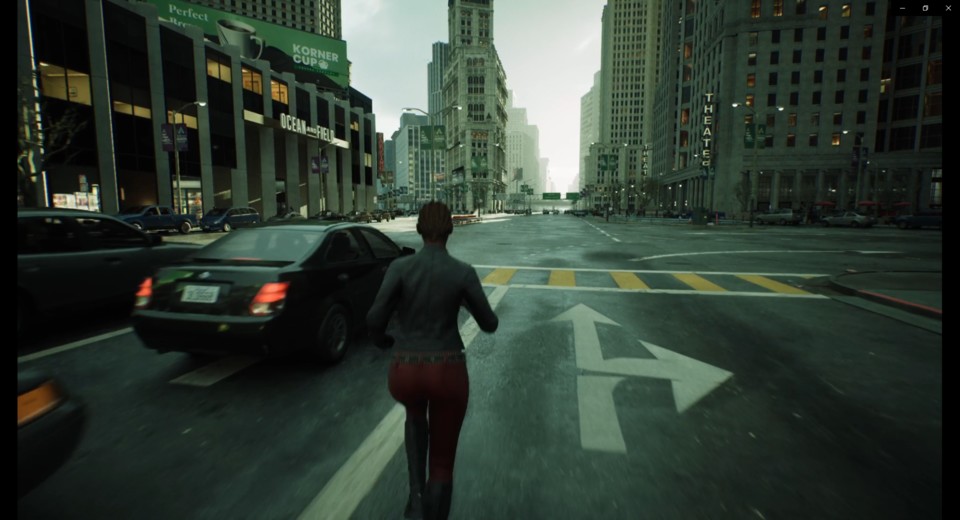What graphics! I can’t tell this Unreal Engine 5 video from reality anymore


What you see here is not real. (Image source: Lorenzo Drago)
In the past few weeks and months, videos recorded in the Unreal Engine 5 have repeatedly shown us impressively what visuals video games can achieve in the near future. Trailers for games like Hellblade 2 simply look fantastic, but can also be recognized as not real quite quickly.
Different with one tweet, which shows a seemingly normal Japanese train station during the day and made me wonder for a minute “why are hundreds of thousands of people looking at this, why is this being flushed into my timeline?”. Until it dawned on me after a cut: what I was watching isn’t real, it’s an incredibly well-produced tech demo using Unreal Engine 5.
You can see what it all looks like here:
link to YouTube content
Train station becomes a nightmare in Unreal Engine 5
The video comes from 3D artist Lorenzo Drago and shows the deserted Etchū-Daimon train station in the Japanese city of Toyoma. First, a virtual camera pans across the platform in daylight, footsteps and the wailing of a siren can be heard.
Then suddenly the mood changes, night falls and the ominous hum of the station spotlights can be heard. Only here does it become clear that this is not an everyday video by a tourist. Rather, we’re getting a taste of what ultra-realistic linear horror games might look like in the future.
How the video was produced: According to Drago, he wanted his UE5 project to get as close to photorealism as possible (via Resetera).
I worked on all the modelling, texturing, lighting and animation, using the foliage of Quixel Megascans assets. Environment runs in Unreal Engine 5, illuminated with lumens. I didn’t use Nanite, the models were created using the standard low poly workflow.
For more realism, Drago also had to adjust the camera to get the correct proportions. For the lifelike shot, he used VR tracking to emulate a handheld camera and flashlight.
Tech demo shows what is theoretically possible
As “nice” as it would be, an upcoming Resident Evil or the next big horror blockbuster will impress us with the help of Unreal Engine 5, but will not reach the graphical level of Lorenzo Drago’s tech demo, at least in the near future.
Like the Matrix: The Awakening demo, which shows an impressive open world, this is still an extremely laboriously produced video that also devours a lot of hardware resources. This can be implemented on a small scale, and possibly also in a fairly linear horror game, but powerful consoles such as PS5 and Xbox Series X will eventually reach their limits.
By the way, you can watch the tech demo for Matrix here:

16:40
The Matrix Awakens – Check out the full Unreal Engine 5 PS5 tech demo here
Still, it’s impressive to see – and frankly, pretty damn scary – how blurred the lines between reality and fiction can be these days. Clips like this always raise the question for me as to whether we will eventually reach a point where we can hardly distinguish between the two, which is of course enormously problematic, especially when distinguishing between facts and fakes – I’ll just say deep fakes.
How does the tech demo affect you, can you still see the difference to reality in the video?
Reference-www.gamepro.de